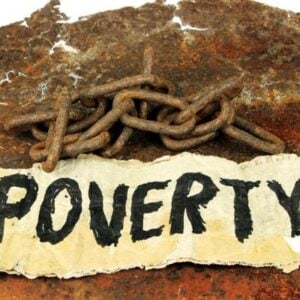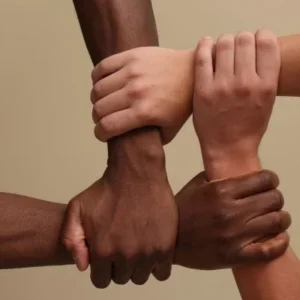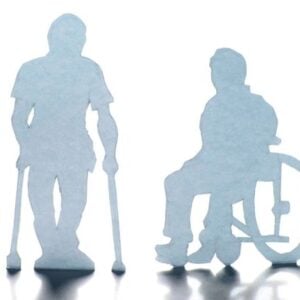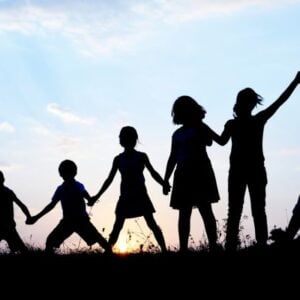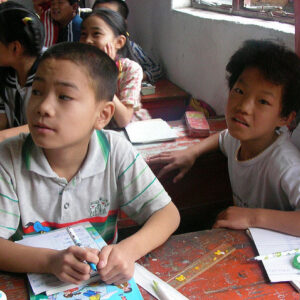The number of Rohingya refugees leaving Bangladesh by boat in the first half of 2025 has tripled compared to the same period last year, reflecting deteriorating conditions in Cox’s Bazar camps, according to Save the Children. Between January and June, around 1,088 refugees undertook dangerous sea journeys, including at least 87 children, compared to 364 people in the first half of 2024, according to UNHCR figures. The increase comes as the rainy season ends and camp conditions worsen, with rising crime and reduced access to essential services prompting more families to consider leaving in search of better opportunities.
Residents like 20-year-old Rahim describe life in the camps as increasingly difficult, with limited education, employment, and livelihood options. Many young people see irregular migration as a potential way to support their families, despite the severe risks, including abuse, disappearance, or death at sea. Reduced funding for essential services such as education and healthcare has made this year particularly challenging for children living in the world’s largest refugee camp.
Traditionally, Rohingya boat departures occur in October at the end of the rainy season, a period when journeys are especially hazardous. Children often travel unaccompanied or in unsafe conditions, further increasing their vulnerability. Aid workers report that limited livelihood opportunities and growing insecurity in the camps are key drivers of these risky migrations. Peer success stories also encourage others to attempt irregular routes despite the dangers.
Save the Children is urging donors to increase funding for education, livelihoods, and security in the camps to address the desperation fueling dangerous journeys. The organization also calls on regional governments to allow boats to safely disembark and provide protection and assistance to refugees. Since 2012, and particularly after the 2017 refugee influx, Save the Children has been operating extensive programs in Cox’s Bazar covering education, health and nutrition, food, water, shelter, and child protection services.
